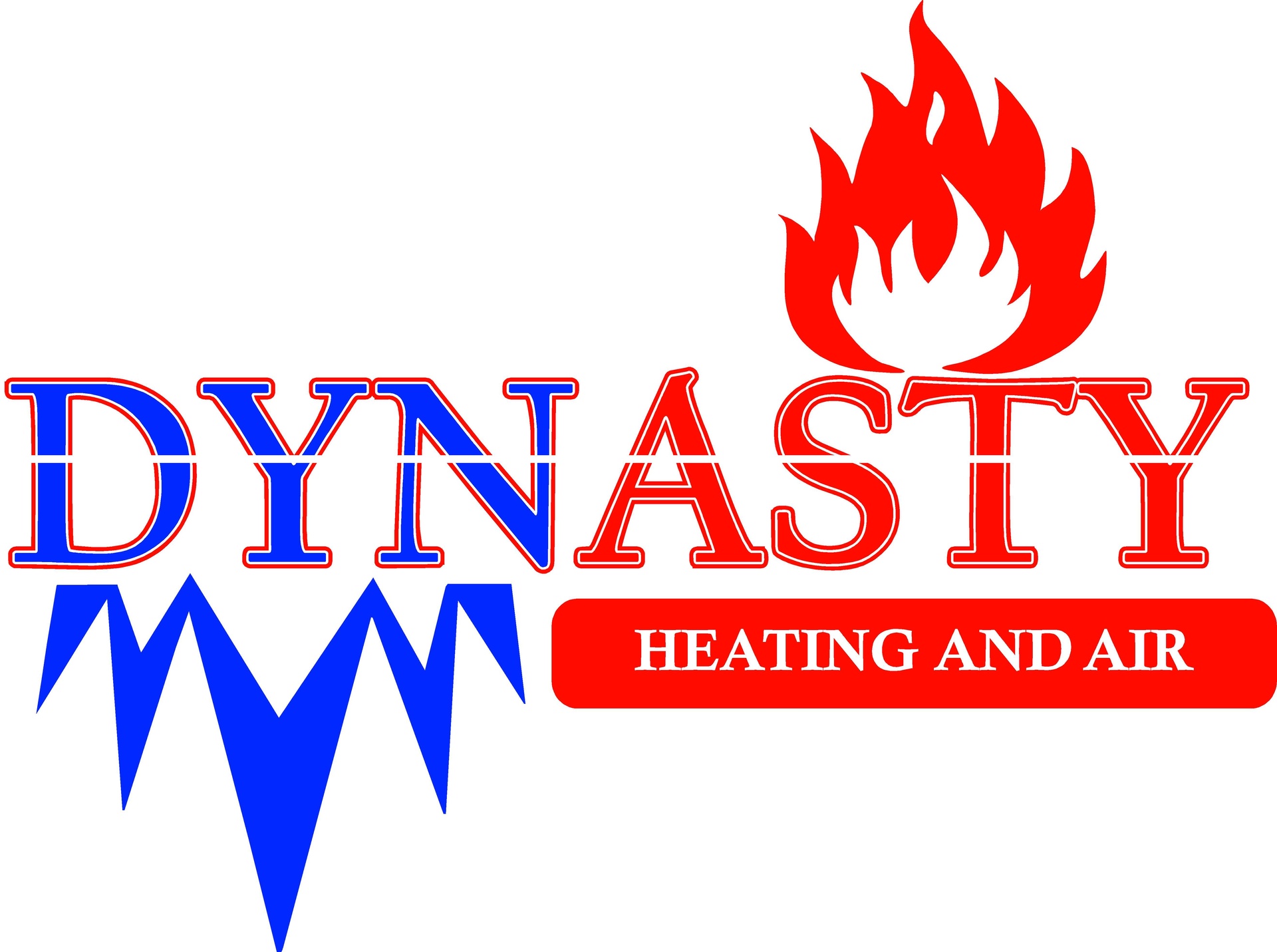Follow Us x
Homeowners and Consumers: Frequently Asked Questions
The following frequently asked questions will help homeowners make informed decisions when purchasing, servicing, or disposing of home air conditioners or other equipment that could contain ozone-depleting substances (ODS).
Refrigerants
What kinds of refrigerants can be used in my home air conditioner?
It depends on the age of your unit. If you have a home air conditioner that was manufactured before January 1, 2010, it probably uses a refrigerant called hydrochlorofluorocarbon (HCFC)-22 (also known as R-22). Because HCFC-22 depletes the Earth's protective ozone layer, EPA regulations are gradually reducing the production and use of this refrigerant. In fact, manufacturers can no longer make new air conditioners that use HCFC-22. However, HCFC-22 can still be used to service existing air conditioners.
How can I find out what kind of refrigerant my home air conditioner contains?
The refrigerant used in your home air conditioner is typically listed on the unit's nameplate. For central air conditioners, the nameplate is usually on the outdoor condenser. If there is no nameplate, check your owner's manual or contact the person or company that sold or services your air conditioner. If you know the manufacturer and model number, you could also call the manufacturer or check its website.
Can I still purchase a home air conditioner that contains HCFC-22?
As of January 1, 2010, EPA has prohibited the manufacture and installation of new HCFC-22 appliances. So, you can no longer purchase a central air-conditioning unit that uses HCFC-22. However, you can continue to service your existing HCFC-22 system. You can also purchase a "self-contained" system (typically, a window unit) if is second-hand and/or was produced prior to 2010. Keep in mind that supplies of HCFC-22 are expected to become more limited in the years ahead as this refrigerant is phased out of production.
Are refrigerants available for home air conditioners that do not harm the ozone layer?
Yes, a number of ozone-friendly refrigerants are available and widely used today. The most common alternative is R-410A, which is known by trade names such as GENETRON AZ-20®, SUVA 410A®, Forane® 410A, and Puron®. While R-410A is not ozone-depleting, it does contribute to climate change and should be handled appropriately. EPA maintains a full list of acceptable substitutes for household and light commercial air-conditioning.
Servicing
Will I have to stop using HCFC-22 in my home air conditioner?
No. You will not have to stop using HCFC-22, and you will not have to replace existing equipment just to switch to a new refrigerant. The switch to ozone-friendly refrigerants is occurring gradually to allow consumers time to replace air conditioners on a normal schedule.
But, supplies of HCFC-22 will be more limited and more expensive in the years ahead as the refrigerant is phased out of production. Starting in 2020, new HCFC-22 can no longer be produced, so consumers will need to rely on reclaimed and previously-produced quantities to service any home air-conditioning systems still operating after that date.
Can I replace the condensing unit (i.e., outdoor unit) on a home air conditioner that contains HCFC-22?
It depends. EPA regulations allow owners of existing HCFC-22 home air conditioners to replace their condensing unit with a new one if it breaks or is damaged. However, the HCFC-22 condensing units must meet regional efficiency standards when tested in accordance with DOE's recently-published test procedure. Condensing units installed in the Southeast and Southwest are now subject to higher efficiency standards. As a result, availability of HCFC-22 condensing units may be limited in future.
I own a home air conditioner that contains HCFC-22. How can I minimize its impacts on the ozone layer?
The most important step you can take is to maintain your unit properly. Major leaks rarely develop in properly installed and regularly maintained units. If your air conditioner leaks, ask your service technicians to locate and repair the leak instead of "topping it off." Repairing leaks will keep your system operating at its best, while reducing refrigerant emissions and energy use. You can also save money by avoiding additional repairs in the future.
How should I select an appropriate technician?
Work with reputable dealers that employ service technicians who are EPA-certified to handle refrigerants used in air conditioners. Technicians often call this certification "Section 608 certification," which refers to a portion of the Clean Air Act. When speaking with an air-conditioning service company, ask if their technicians are Section 608-certified. You can also ask a service technician to show you his/her certification card.
If your air conditioner contains alternative refrigerants, the service technician should be trained in their use.
Appliance Disposal
How should I dispose of appliances containing refrigerants?
You have a number of options. If you purchase a new appliance, such as a refrigerator or freezer, the retailer will likely remove the old one. Many governments and private organizations also will arrange for curbside pickup of appliances. Do not tamper with an appliance before it is disposed of, such as by cutting refrigerant lines or remove compressors. EPA requires the safe disposal of ozone-depleting refrigerants in appliances so they do not harm the environment. You can learn more through EPA's Responsible Appliance Disposal program.
*Disclaimer: All of the above information is supported by EPA.gov, an official website of the United States government. Please visit their page for more information.


